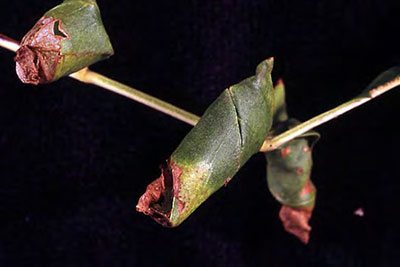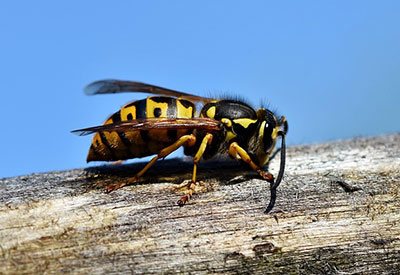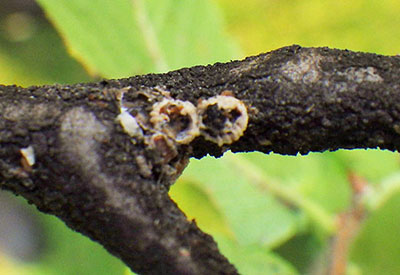City staff do not remove or relocate wildlife under any circumstances.
Please report all concerns to Alberta Fish and Wildlife: 780-427-3574.
Beavers
Beavers play an important role in the ecosystem by creating ponds and wetlands that support other wildlife. However, they can also cause damage by chewing trees and building dams.
Beavers are generally not aggressive toward people or pets, but they may defend themselves if they feel threatened. A beaver family lives near the pond at West River’s Edge, close to the Dog Park. If you see a beaver, keep your dog close, use a leash, or move to another fenced area. Staying aware and respectful helps keep you, your pets, and the beavers safe.
Coyotes
Coyotes help control rodent populations and are an important part of the local ecosystem. They’re usually shy and avoid people, but like any wild animal, their behavior can be unpredictable if they feel threatened.
To reduce coyote encounters:
- Don’t leave food, garbage, or dog waste outside, these attract coyotes.
- Remove hiding spots like spaces under decks, sheds, or low-hanging branches.
If you see a coyote:
- Make yourself look big, wave your arms, and shout to scare it off.
- At off-leash dog parks, leash your dog to avoid conflict.
If you have an immediate concern regarding a coyote, please contact Alberta Fish and Wildlife: 780-427-3574
Garter Snakes
Alberta has three species of Garter Snakes. These small, slender snakes rank among the most common snakes in the province.
They can be found in a wide variety of habitats and are often encountered along the margins of wetlands, rivers, and other bodies of water. All Garter Snakes are harmless to people and when approached they quickly retreat to dense cover or water. Garter snakes are not picky and will eat almost any creature that they are able to catch including small fish, amphibians, small mammals, earthworms, slugs, and leeches.
Hibernacula (Winter Dens)
All Alberta reptiles survive the winter in places where they will not freeze. Each fall, Alberta snakes set off from their summer feeding grounds back to traditional winter dens, called hibernacula.
Fort Saskatchewan is home to a garter snake hibernacula! If you happen to come across a hibernacula, please do not touch or disturb it.





